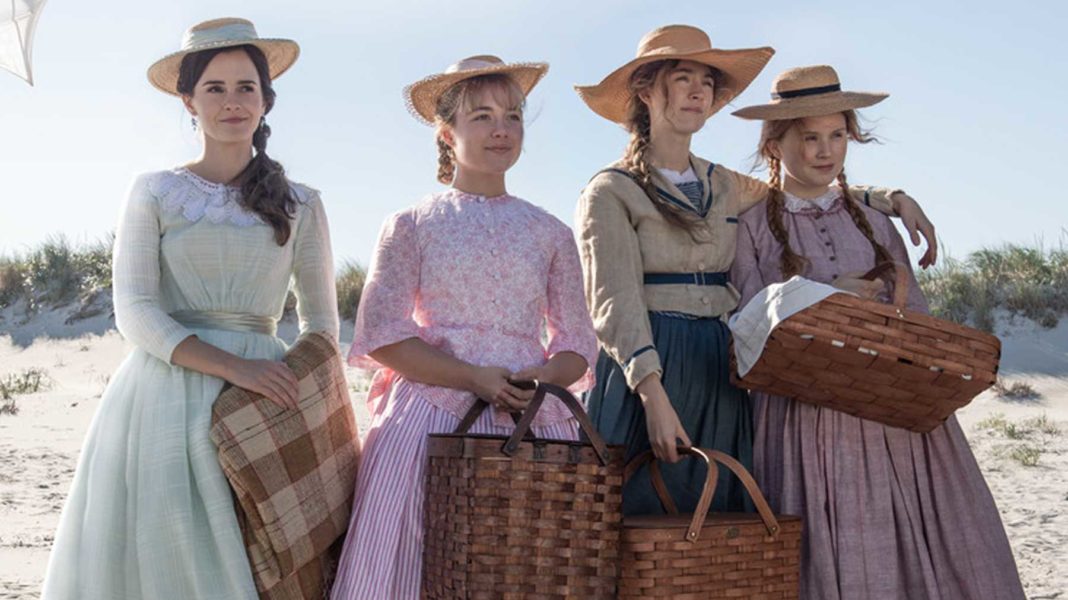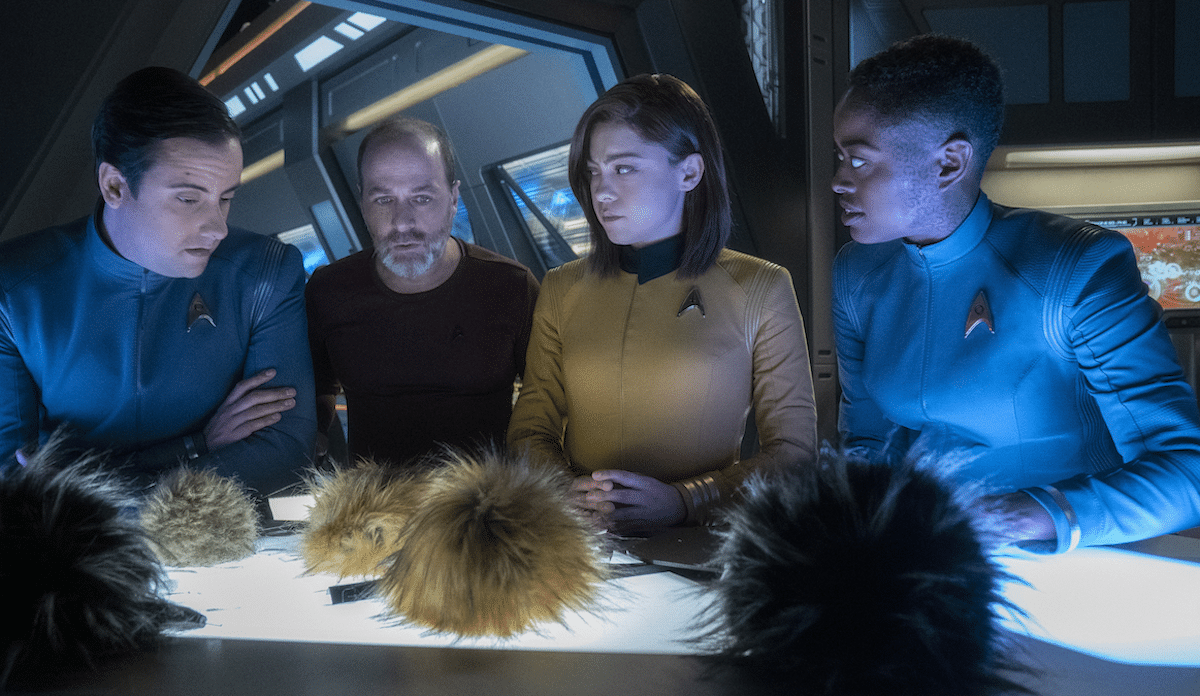Chances are, you already know something about Little Women. The novel by American author Louisa May Alcott is considered a classic and has been adapted into several movies, also well-known and well-beloved, particularly the 1994 version from director Gillian Armstrong. This puts the director of an updated version at an immediate disadvantage: what can you possibly add to a timeless story that’s also already had a successful on-screen adaptation?
Fortunately, director Greta Gerwig came into her version of Little Women with a clear answer to this question. As a result, she knocks it out of the park, creating a film that honors the source material while leaving her own point of view, circa-2019.
For the uninitiated: Little Women is the story of the March family, portraying the coming-of-age of four sisters living during and after the Civil War. There’s the eldest, Meg (Emma Watson), who dreams of wealth and prosperity. Followed by second-oldest Jo (Saoirse Ronan), who is the focal point of the film and rebels against tradition in hopes of making her own money and success. Beth (Eliza Scanlen) is the third-oldest and is gentle and shy-natured but sickly. Lastly, Amy (Florence Pugh) embodies the stereotypical “youngest” child in all ways, often immature in her early years. Laura Dern stars as the girls’ mother, firmly holding the home together through war and struggling finances while her husband is away. Meryl Streep is the rich and snobby aunt, and Timothée Chalamet serves as the literal boy-next-door love interest, Laurie.
As far as the cast goes, Ronan and Pugh dominate Little Women. (I’d nominate Pugh as one of the top performers of the year between her work here and in Midsommar). The narrative is primarily a tug-of-war between the two, and they expertly and effectively master young and immature versions of themselves as well as older, tired, and more mature versions. They’ll likely both be given awards consideration, and deservedly so. Watson’s take on Meg was the least convincing of the cast, and Scanlen’s Beth feels somewhat sidelined in this rendition. Chalamet does his Chalamet thing, which you’ll know if you’ve seen it, and it works here.
Gerwig puts her own spin on this tale in a few ways, the first being the structure. Rather than telling this story in a linear fashion, Gerwig spins the narrative into two timelines: one set in the past when the Marches were children, and another set after several of the girls have grown up and left home. For the most part this works well in re-inventing the book’s structure, particularly in the back half of the film as the past and present come into such stark contrast. A downside is that while it’s easy to tell which timeline is which early on, it gets trickier as time goes on if you aren’t already aware of the story. This is my biggest criticism of the film, as sharper editing would have made the transitions seamless. But to help differentiate, the “past” is portrayed in warm-toned colors, while the “present” is very cool-toned in comparison (it helps to look for this going in).
Gerwig’s re-invention of the story’s chronology helps create contrast and highlights the growth and changes of the March women as they age. But it’s her treatment of Jo that makes the film feel like it’s truly hers. In this adaptation, Jo serves as a sort of analogue for the real-life writer of the novel, Alcott. In truth, Jo was very loosely based on Alcott in the novel, who was also the second-oldest daughter in a family full of sisters as well as an author who earned a living from her writing (there are more commonalities, but you get the idea).
It’s been speculated that Alcott wrote her ending, which swerves from providing the romantic pairing that audiences were so desperately craving, out of spite at the requirement of her publisher (and/or the times in general) that demanded Jo end up married. Alcott herself chose her art over marriage, and in an interview, Gerwig pointed to a quote from Alcott about gender fluidity, indicating she doesn’t necessarily think Alcott was a cis-straight woman. Gerwig doesn’t betray the source material in any way, but she finds a path to a very meta-ending that can have its cake and eat it too. It’s not hard to see a potential queer interpretation of Jo in this version as well. It’s cleverly done and provides a more modern and feminist injection into a story more than 150 years old.
Aiming to create yet another successful film adaptation of Little Women was a huge risk. It had a high likelihood of falling short. That Gerwig succeeds in giving another generation their own, slightly modernized version of this tale is a testament to her love of the source material and her vision as a director. As a fitting result, Little Women is the final must-see film of a decade that’s seen a huge amount of changes for women – including both setbacks and progress.








I wonder how many audience members pick up on the color coding? I saw with my parents yesterday, and my mom asked me if I was confused by the two timelines and I said not really because of the color coding, and both of my parents looked at me like I was crazy. Maybe it works subconsciously on people even if they don’t notice it explicitly.
I chuckled at this tweet from film historian Mark Harris:
Men on Little Women: “Oh my God, ANOTHER one? Didn’t they just do this in 1994?”
Men on Marvel: “When is chapter 24 coming out, I can’t wait forever”
Comments are closed.